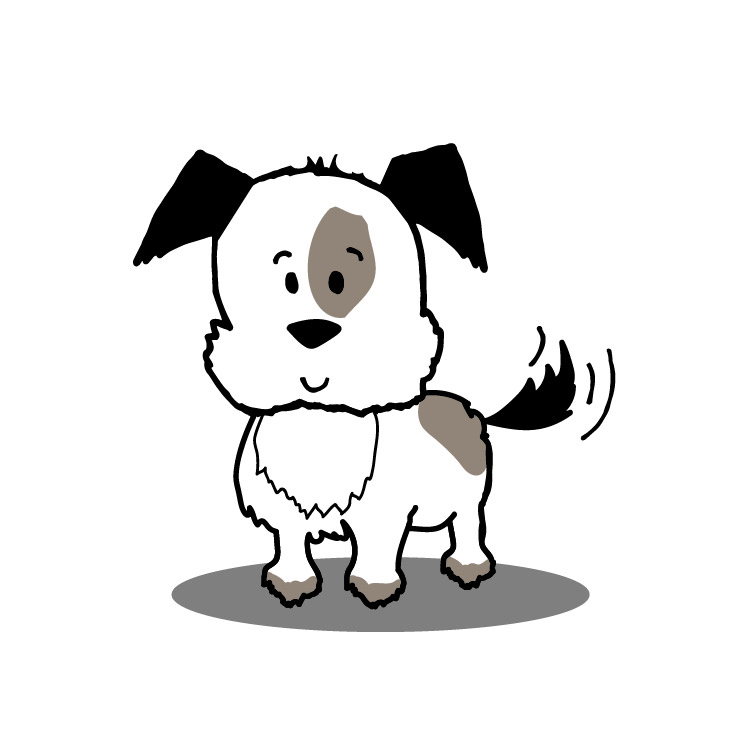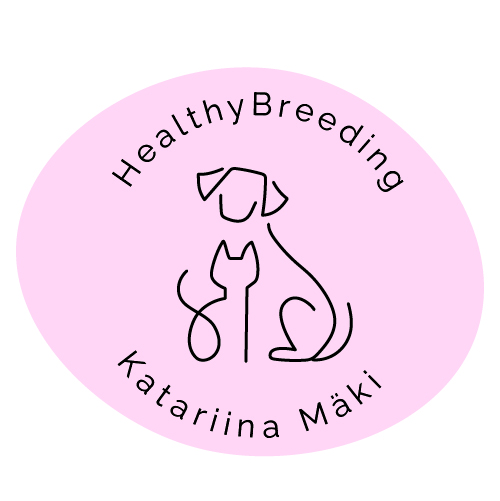Use the alphabetical glossary below to remind yourself what the terms in the course mean.
Is there a term used in the course but missing here? Tell me in the comments box below and I'll add it.
Additive gene effect – each allele of a gene pair affects the individual’s appearance independently, neither masking nor attenuating the effect of the other. Also known as intermediate inheritance and codominance.
Allele – alternative form of a gene. Also called a variant.
Autosomal – located elsewhere than on the sex chromosome.
Autosome – chromosome other than a sex chromosome.
Base pairs – adenine-guanine (A-G) and cytosine-thymine (C-T), form the ladder rungs of the DNA chain.
Breeding (selective breeding) – selection of the next generation of parent animals to change or maintain the characteristics of the animal population.
Chromosome – “home” of the genes; consists of a DNA strand.
Chromosome pair – pair of matching chromosomes from the sire and the dam.
Codominance – both alleles of a gene pair are expressed equally. Also called intermediate inheritance or additive gene effect.
DNA (deoxyribonucleic acid) – chain-like molecule that carries an individual’s genes. Packaged as chromosomes in every cell.
Dominant – blocks the expression of a recessive allele.
Egg – female gamete, a reproductive cell.
Epigenome – regulatory factors that influence the reading of an individual’s genes.
Gamete – reproductive cell; sperm or egg. An individual passes on its genes to its offspring through gametes.
Gene – recipe for a protein.
Gene pair – pair of alleles; one from the sire and another from the dam.
Genetic differences – different alleles.
Genetic diversity – diversity of alleles; genetic variation. Diversity is usually referred to as a characteristic of a population, not of a single individual. A single individual can have up to two different alleles per gene. In a population, there can be up to hundreds of different alleles of a gene.
Genome – all the genetic material of an individual, all the DNA.
Genotype – alleles of an individual in a particular gene or trait.
Heterozygous – gene pair containing two different alleles of a gene.
Homozygous – gene pair containing two identical alleles of a gene.
Imprinting – an imprinted gene only functions when inherited from the sire, or alternatively, only functions when inherited from the dam. As a result of imprinting, there is only one active allele in each cell.
Intermediate inheritance – see Codominance.
Locus – The “address” of a gene on a chromosome.
Mutation – change in the DNA code; a genetic error.
Phenotype – appearance of an individual, a visible characteristic.
Population – group of animals (or people).
Protein – building material of cells. Produces almost all the functions of the body.
Recessive – appears only if an individual has received the same allele from both its’ sire and dam. Masked by a dominant allele.
Sequence – order of the bases in the DNA code.
Sex-chromosomal – located on the sex chromosome.
Sex chromosome – X or Y chromosome.
Silencing – silencing of a chromosome or gene so that it cannot be read to form protein.
Somatic cell – cell other than a gamete.
Sperm – male gamete, a reproductive cell.
Stem cell – undifferentiated cell.
Variant – allele; alternative form of a gene.
Wild-type allele – normal, original allele; opposite of a mutant allele.
X chromosome – female sex chromosome.
X-linked inheritance – gene regulating a trait is located on the X chromosome.
Y chromosome – male sex chromosome.
Zygote – fertilised egg.
Is there a term used in the course but missing here? Tell me in the comments box below and I’ll add it.

Leave a Reply
You must be logged in to post a comment.